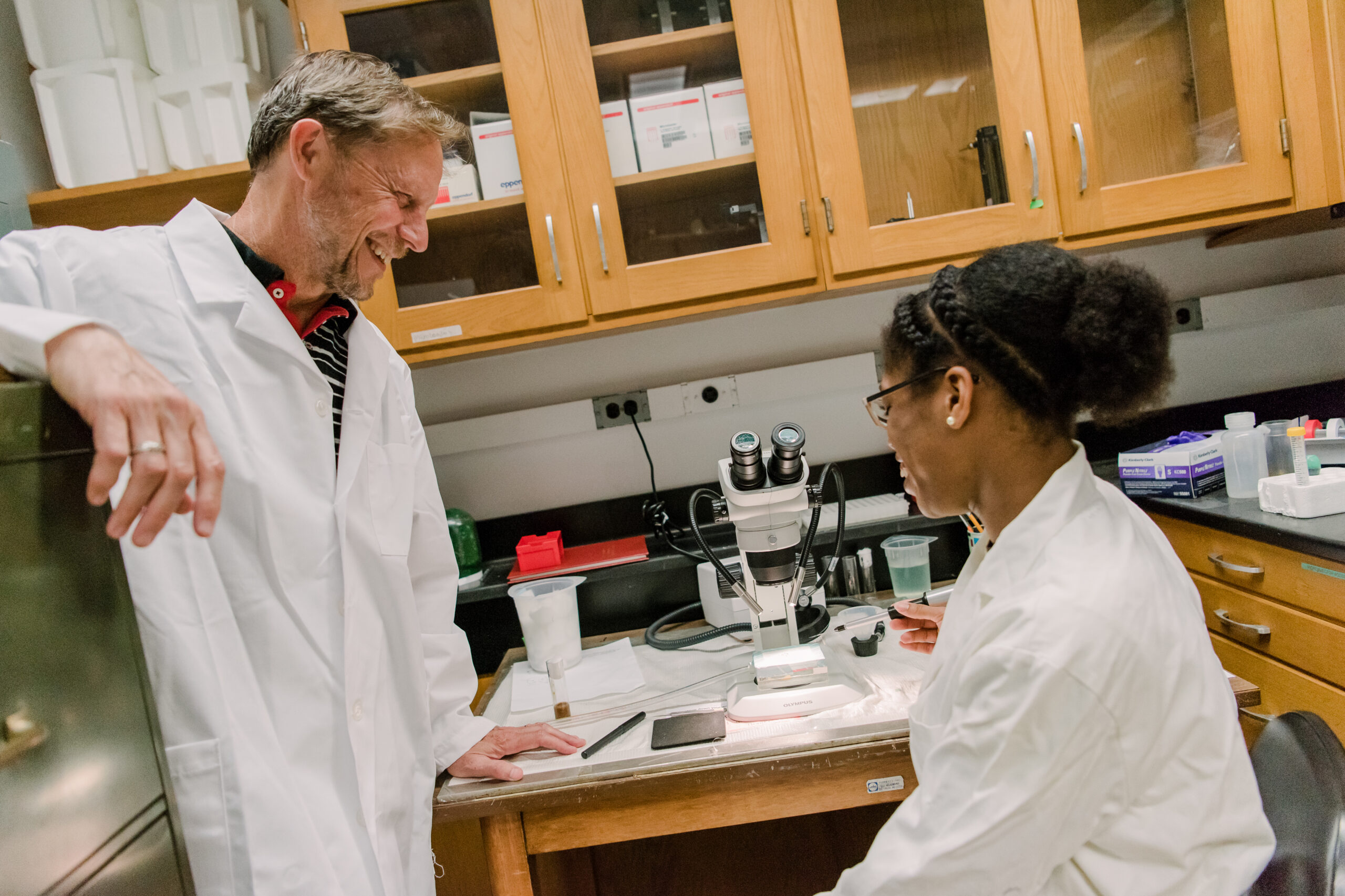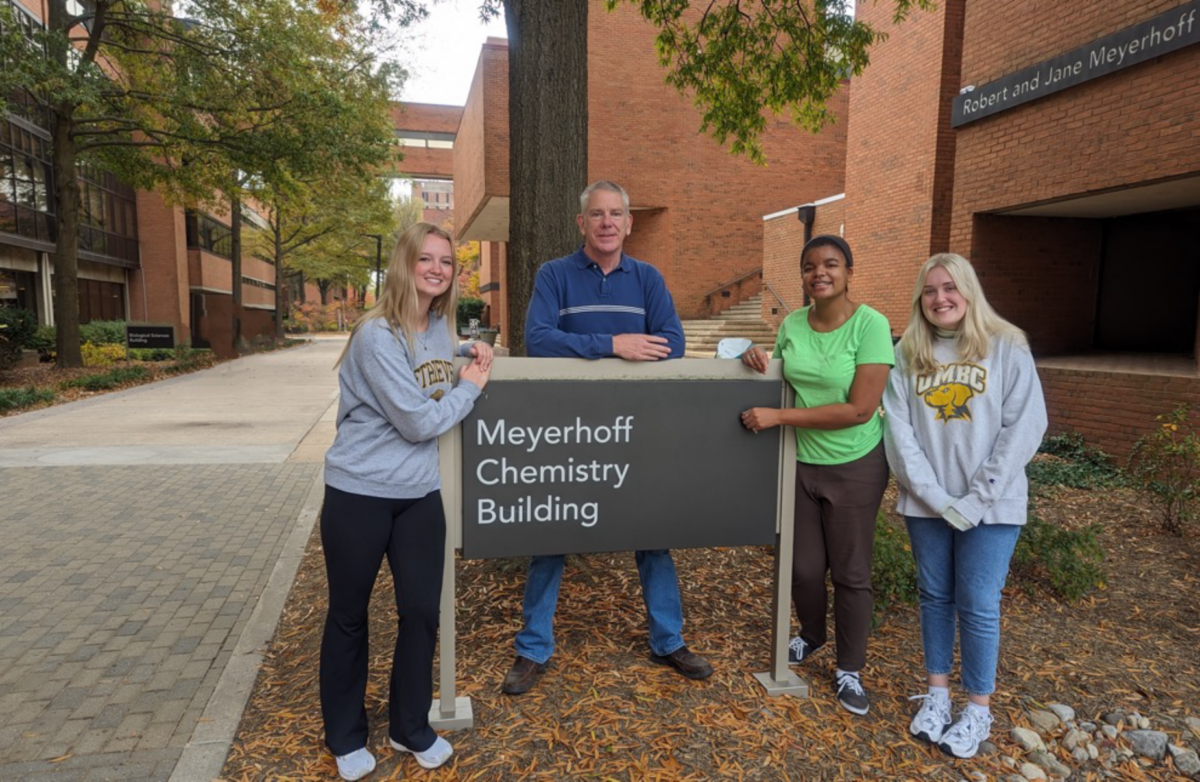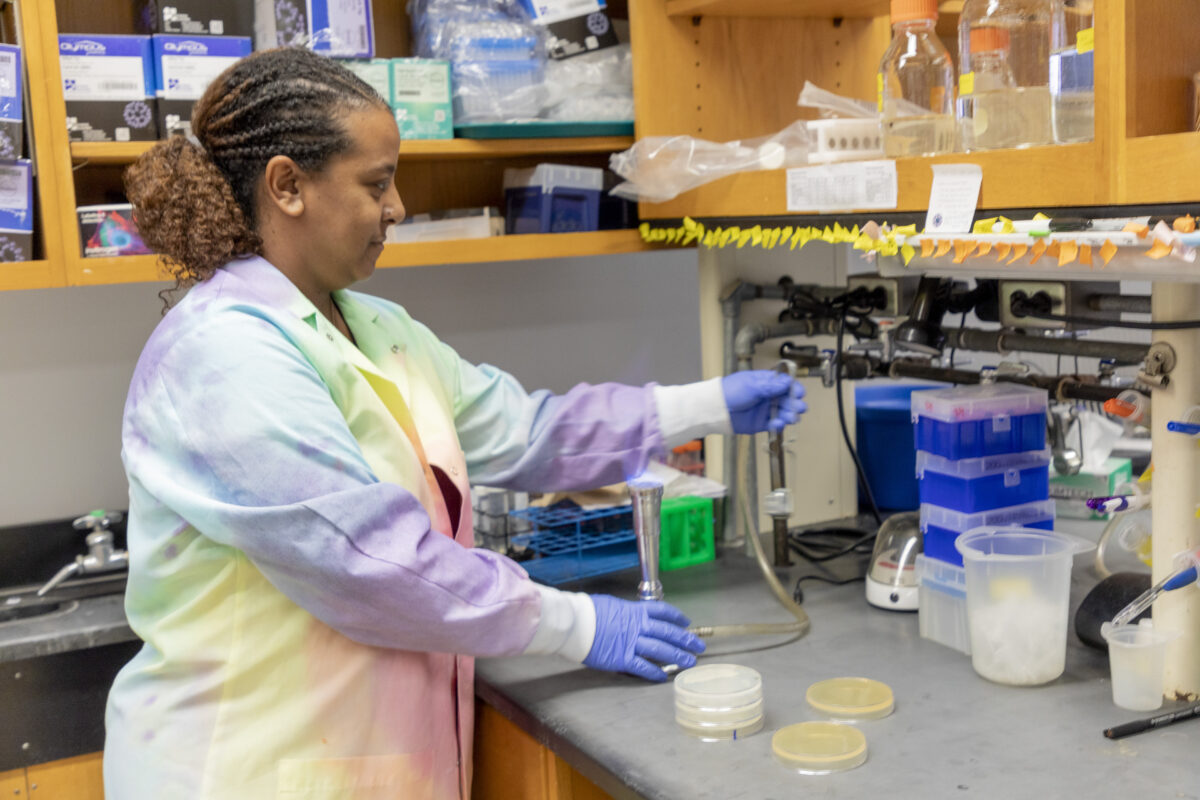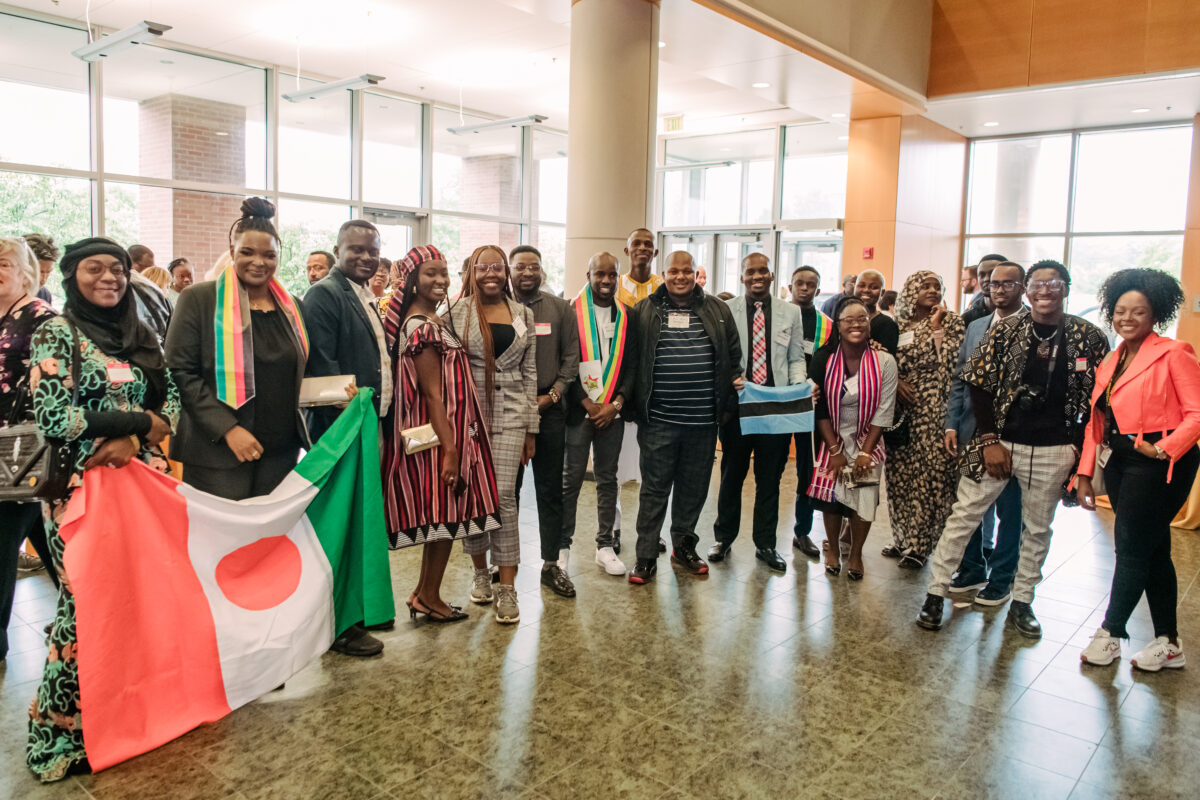In 2018, faculty at UMBC and four of its top-sending community colleges embarked on a project with an ambitious mission: improve students’ quantitative skills in biological contexts, and eliminate the achievement gap between transfer and direct-entry students in courses requiring these skills. The urgent need for students in the life sciences to be proficient in a range of mathematical concepts has been made clear again and again by various national reports. The project, dubbed the NEXUS Institute for Quantitative Biology (NIQB), arose to address that need.

“The world is quantitative,” says William R. LaCourse, dean of the College of Natural and Mathematical Sciences at UMBC. “To do science, and even to make informed decisions in your everyday life, you need to be able to interpret graphs, understand statistics, and more. Having the knowledge to make decisions on your own, and interpret information, empowers you to be successful.”
The NIQB is an arm of the $1.4 million Improving Undergraduate Science Education (IUSE) grant funded by the National Science Foundation that involves UMBC, Howard Community College, Montgomery College, Anne Arundel Community College, and Community College of Baltimore County. At UMBC, the project is led by LaCourse and Jeff Leips, professor of biological sciences. The grant formally concludes in September, and feedback at the group’s fifth annual symposium held in June made clear that it has been a resounding success. Many of its outcomes will continue to benefit students and the partner institutions moving forward.
Promising results
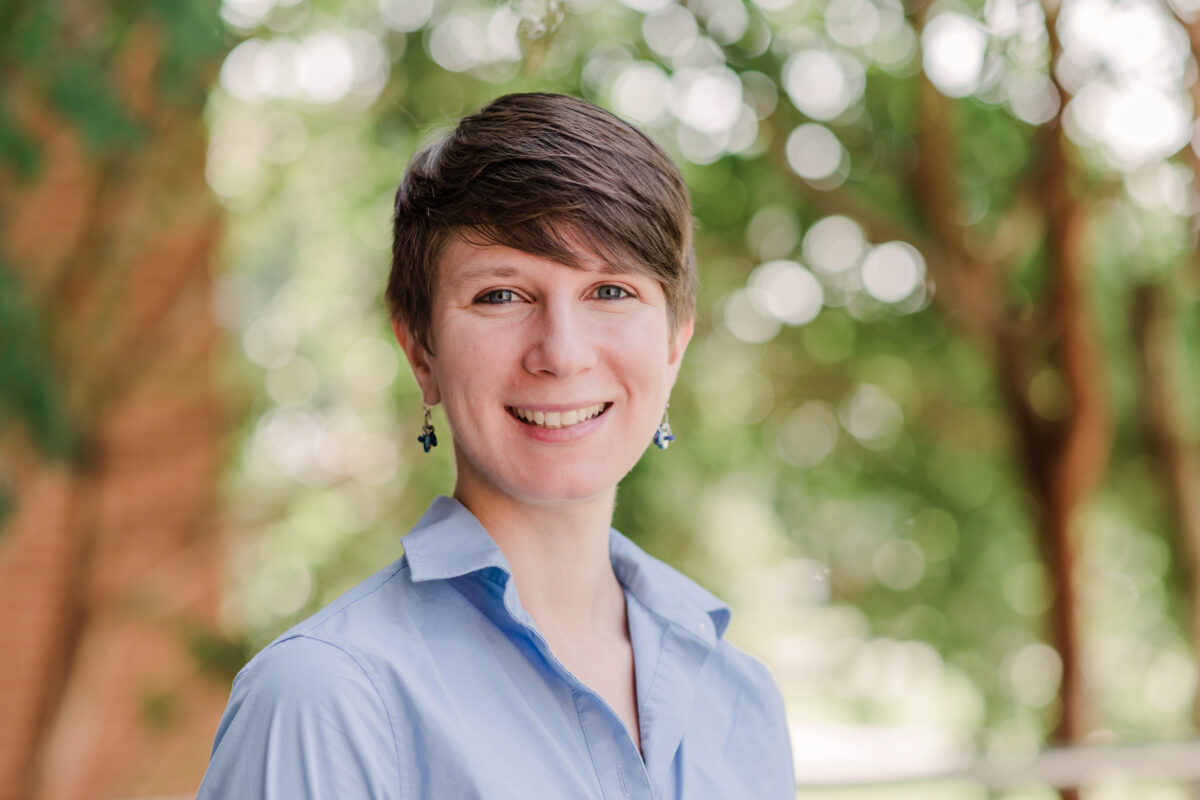
Over the five years of the NIQB project, faculty teams comprised of math and biology instructors and administrators from multiple institutions developed 21 new curricular modules that teach quantitative skills through exploring biological concepts. For example, students studied exponential change through a “Rat Attack” module about population growth. Other modules covered cell division, natural selection, concentration and saturation, and the immune response.
An analysis by Tory Williams, assistant director for pedagogical research in UMBC’s Faculty Development Center, found that after participating in the modules, students showed statistically significant improvement on the desired skills, such as working with algorithms and using quantitative language.
“Our students have really gained a lot in their quantitative skills. It not only helped them better understand the math side of things, but it helped them better understand the biology,” shares Hannah Pie, a biology instructor at Howard Community College.
Growing skills, changing minds
Students at all of the institutions performed at the same level on nine of the modules. On four other modules, performance across institutions only differed on a few items. These are promising signs that the performance gap between transfer and direct entry students is likely to shrink as these students transfer to four-year institutions. The remaining modules were implemented later in the project and require additional analysis from spring 2023 to get meaningful results.
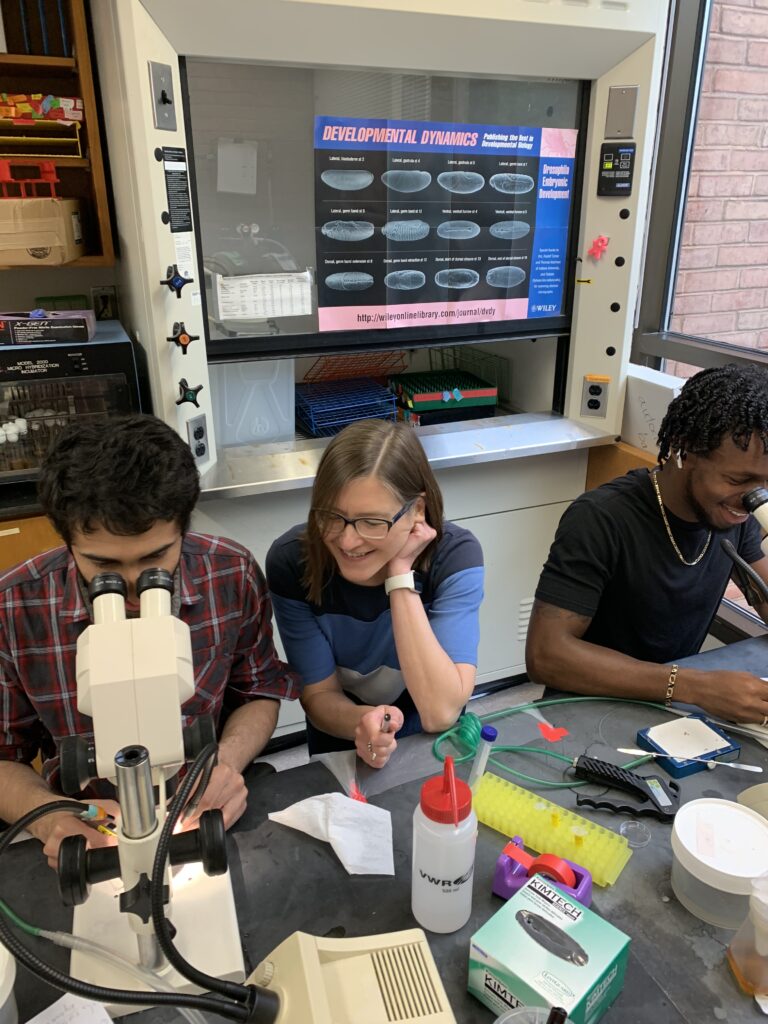
In spring 2021, some faculty began teaching the modules in their courses. Each semester, new modules became available, and more faculty adopted the new and existing modules in their curricula. By spring 2023, the modules were being taught at five different institutions.
A large majority of faculty said that given the choice, they would use the modules again, according to Williams’ analysis. The students also reported changes in their attitudes toward using math in biology after taking courses using the modules. Their ratings of how intriguing, fun, and appealing they found using math for biology increased, and worry and intimidation decreased.
“Math and biology fit really well together—who would have known?” joked Sybille Clayton, a math instructor at Anne Arundel Community College. “The STEM field has so much to offer, and our math students are still starving for applications at their level. I have always been a proponent of that, and now we have wonderful biology examples.”
Rewarding relationships
In addition to introducing the modules, some institutions made larger curriculum modifications as a result of the NIQB faculty teams’ work, such as shifting content between courses or altering course sequencing or prerequisite requirements. All the changes were in service of optimizing student learning and preparing community college students to succeed at UMBC or another four-year institution.
A committee with similar goals was formed in years prior to the NIQB project, “but it was really a one way street,” reflects Stephen Miller, associate professor of biological sciences at UMBC. Rather than community colleges solely adapting to UMBC’s curriculum, “It was much better to make it a two-way conversation with NIQB,” he says.
The faculty teams discussed everything from different class period lengths to different methods of assessment across institutions in their regular meetings. Addressing challenges together helped the team members build rewarding relationships that they plan to continue to nurture.
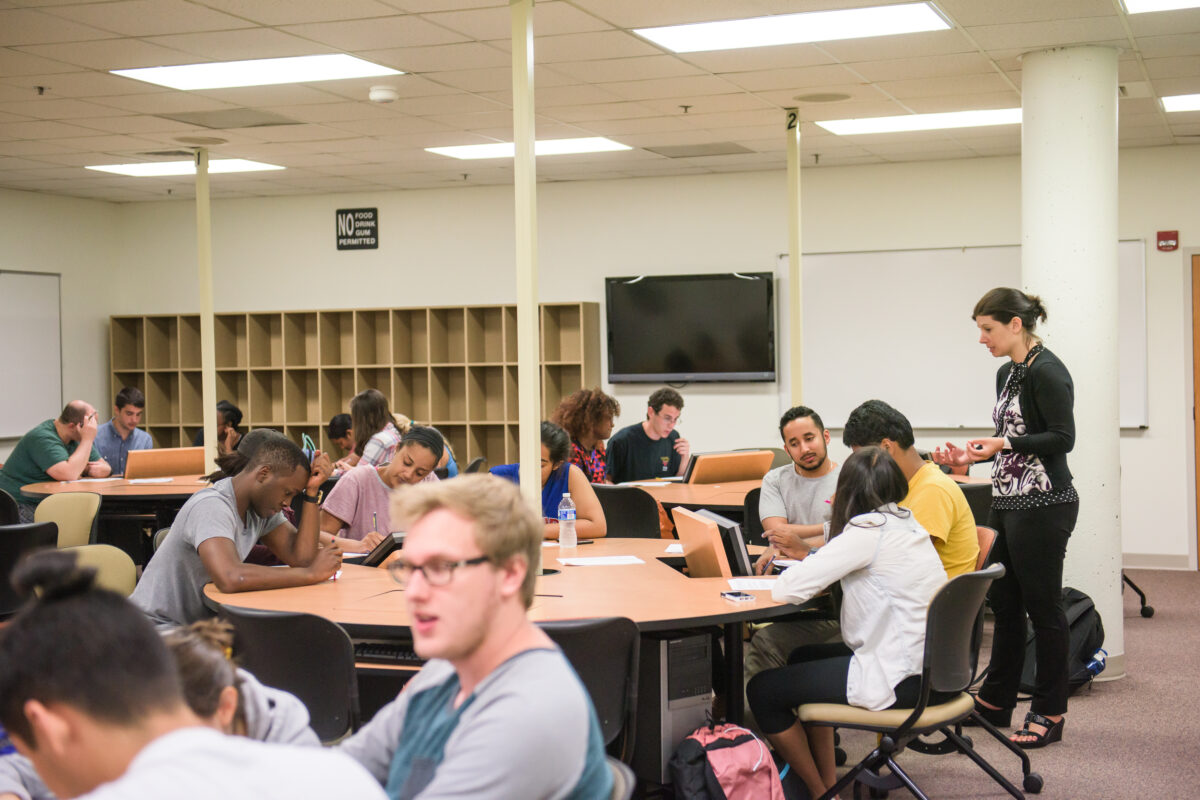
“I would like to continue to have these rich collaborations, and meet with other faculty teaching the same courses that I am,” Pie says. “It’s really rewarding to bounce ideas off other people and make your course the best that it can be.”
“It was interesting to see what other topics would come up in our team meetings not related directly to this project,” adds Rebecca Thomas, professor of biology at Montgomery College. “It’s opening up those bigger conversations about how we teach and what are our practices,” which benefits students and faculty alike.
Engaging students in the work
Laura Ott, former IUSE director at UMBC and now teaching assistant professor in biology at the University of North Carolina at Chapel Hill, gave the keynote address at the annual symposium in June. She has taken module development a step farther: She included curriculum design in one of her undergraduate courses.
Students create modules in Ott’s course and later analyze their success when other courses use them. The process creates independent research opportunities beyond typical lab research. Participating in what Ott calls disciplinary-based education research led to “huge gains in research self-efficacy, even more so than in traditional research experiences,” Ott says.
Faculty at the symposium were intrigued, and some started brainstorming ways to implement similar ideas at their institutions, such as in honors projects.
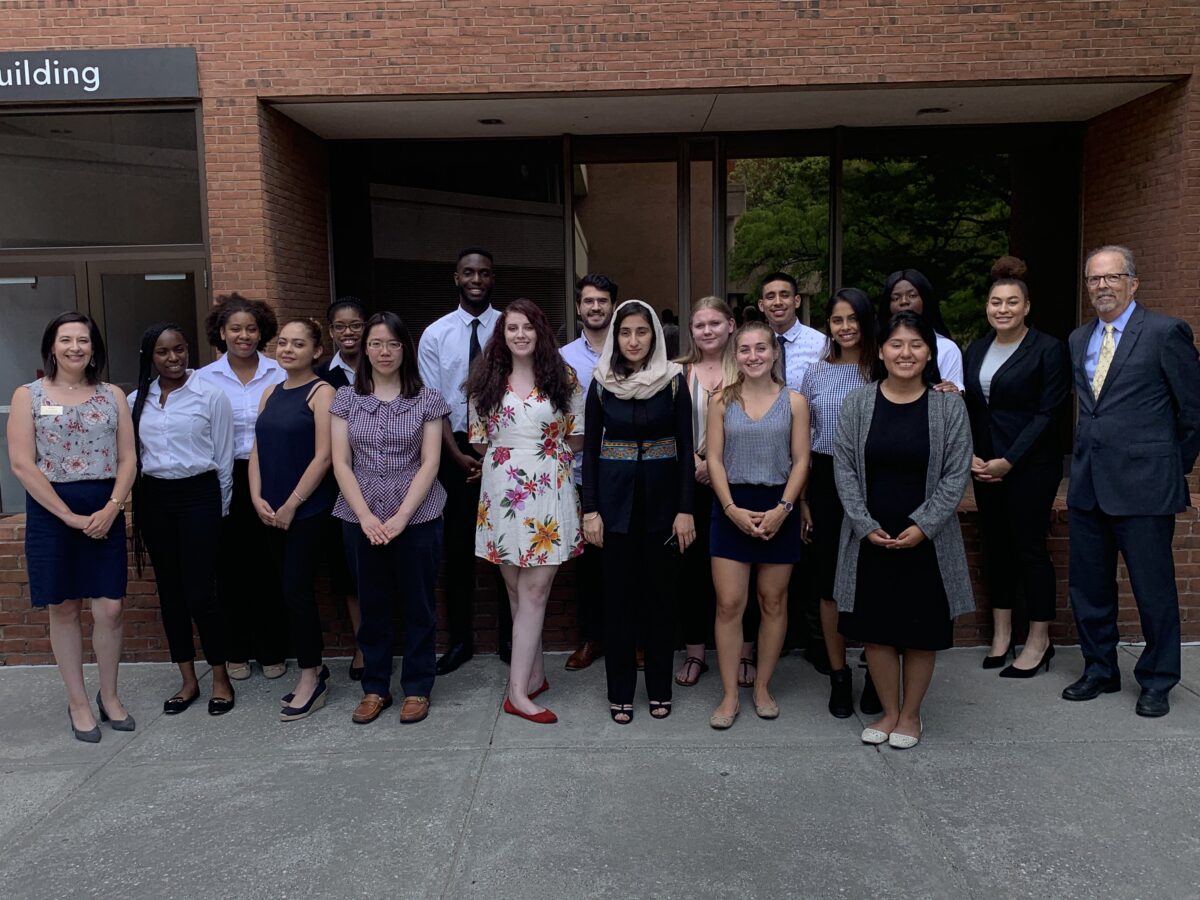
Spreading the word
Moving forward, the partner institutions are determined to find ways to keep the connections they’ve built alive and to continue to innovate their teaching to support student success. The faculty will also focus on sharing their results and the modules more broadly through publications, presentations, and word of mouth.
To start, Leips plans to share the modules with Carroll Community College, where he serves as a STEM advisor. Already, the modules are spreading to instructors at the partner institutions who are not directly involved in NIQB. In addition, the NIQB is disseminating their modules worldwide through the Quantitative Undergraduate Biology Education and Synthesis (QUBES) website.
“The faculty involved in this project have really taken this work back and disseminated it at our institution. The modules have become a part of the culture of our teaching,” Thomas says. Given the success of the modules in supporting student learning, “That’s a huge benefit for the faculty and for the students.”

